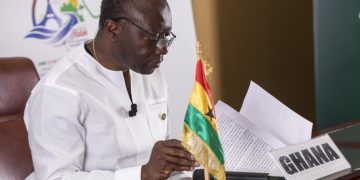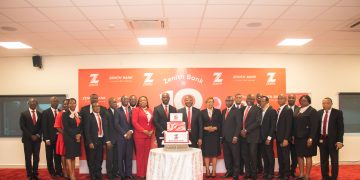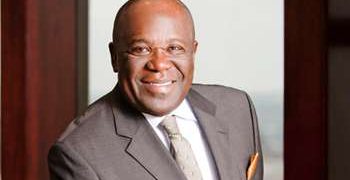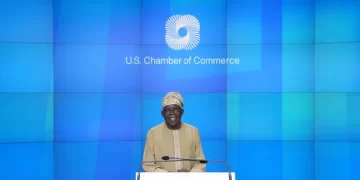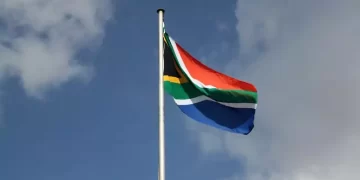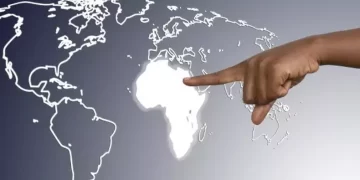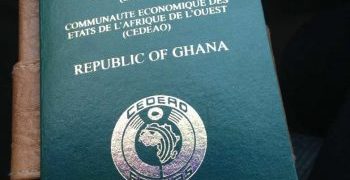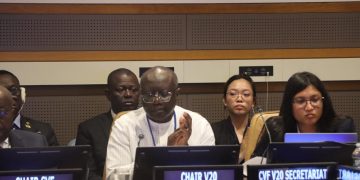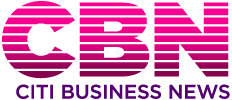Poverty
Despite several social intervention programmes introduced in Ghana in the past two decades like the Livelihood Empowerment Against Poverty (LEAP), Capitation Grant, School Feeding Programme, free distribution of school uniforms, exercise books and textbooks, elimination of schools under trees with the aim of alleviating poverty among the vulnerable population in Ghana, figures from the Ghana Statistical Service (GSS) survey results on poverty profile in Ghana for the period 2013/14 shows that about a quarter of Ghanaians are poor.
Ghana’s poverty analysis focuses on consumption poverty which has classified the poor as those who lack command over basic consumption needs, including food and nonfood components.
The GSS survey also revealed that under a tenth of the population are in extreme poverty.
Extreme poverty is defined as those whose standard of living is insufficient to meet their basic nutritional requirements even if they devoted their entire consumption budget to food.
Given the extreme poverty line of GH¢792.05 per adult equivalent per year, an estimated 8.4 percent of Ghanaians are considered to be extremely poor.
The sharp geographic variations that characterize absolute poverty are found to be more pronounced with extreme poverty, with the incidence of extreme poverty being highest in rural Savannah.
Extreme poverty is also a rural phenomenon, with as many as over 1.8 million persons living in extreme poverty in rural areas in Ghana.
Extreme poverty is particularly high in rural Savannah at 27.3 percent and this locality accounts for nearly three-fifths of those living in extreme poverty in Ghana.
The incidence of extreme poverty is virtually non-existence in urban localities, with Accra contributing only 0.9 percent to the incidence of extreme poverty.
Urban localities contribute 11.2 percent to the national incidence of extreme poverty.

Greater Accra is the least poor region and the Upper West the poorest overall.
Even though poverty in the Upper West region is highest amongst the ten regions, the region contributes less than ten percent to the national poverty due to the fact that it is the smallest region in Ghana in terms of population.
Indeed, of the 6.4 million persons who are deemed poor in Ghana, only half a million are from the Upper West region, whilst the Northern region with a poverty incidence of 50.4 percent accounts for one-fifth (20.8%) or 1.3 million of the poor in Ghana, making this region the highest single contributor to the level of poverty in Ghana.
This pattern does not seem any different from 2005/06, since the northern region again was the highest contributor to national poverty.
In terms of extreme poverty incidence, apart from the three northern regions, whose rates are higher than the national rate of extreme poverty, all the other regions in the coastal and forest areas have rates lower than the national average.
Upper West region has the highest extreme poverty incidence of 45.1 percent, followed by Northern (22.8%) and Upper East (21.3%).
In terms of contribution to extreme poverty, the Northern region accounts for slightly over a quarter of the extreme poor in Ghana, far more than any other region.
The three northern regions combined account for more than half of those living in extreme poverty (52.7%).








